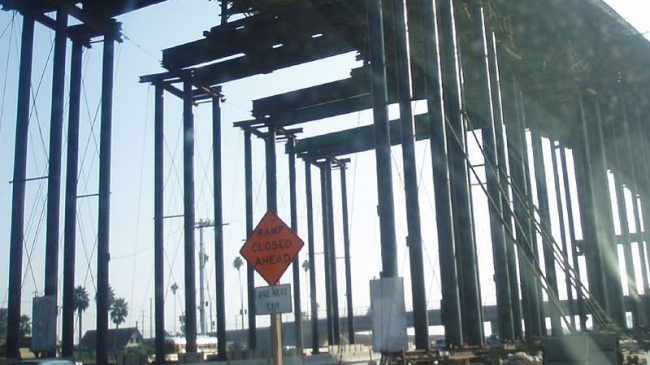Voter Guide: 2016 California Ballot Initiatives
Currently voters must approve general obligation bonds, whereby the state borrows money by selling bonds that will be repaid with General Revenue tax funds. Prop 53 would go further, requiring voters to approve revenue bonds, whereby the state borrows for infrastructure projects by selling bonds that will be repaid with revenue from fees paid for tolls, water fees, transit fares, etc. if the total amount of the bonds is $2 billion or more.
Fiscal Impact:
This measure has no direct fiscal impact.
Proponents’ Arguments For:
Proponents of Prop 53 argue that currently most state bonds for infrastructure projects like water, sewers, schools or transportation require voter approval and that making an exception for revenue bonds allows the state to avoid a public vote on massive new debts. For example, they point to the bullet train project, originally promised not to cost California taxpayers any more than $10 billion but now carrying a price tag of at least $60 billion, and argue that voters should be able to improve funding for such a large cost increase.
They argue that Prop 53 will not stop local projects, but requires a vote only for state bonds and state funding of projects. It also will not restrict the University of California from selling bonds, stop needed transportation projects or prevent emergency projects in the wake of a natural disaster, because these are not typically funded with revenue bonds.
California has a massive $330 billion unsustainable debt that must be reined in. Voters want to scrutinize and approve massive new state debts, and closing the revenue bond loophole will give them that opportunity and authority.
Opponents’ Arguments Against:
Opponents of Prop 53 argue that it is a solution for a problem that does not exist but which will have a number of harmful effects.
They argue that it will erode local control of infrastructure projects by requiring a statewide vote for some local projects. If local governments and the state decide to team up and build a much-needed new bridge, school, or water storage project, Prop 53 might require everyone else in the state—who do not know or care about the project—to approve it.
They also argue that it does not have an exemption for emergencies or natural disasters that might make it harder to rebuild after an earthquake or flood. As well, the state and localities have a massive backlog of needed infrastructure projects that Prop 53 would make harder to complete.
Finally, revenue bonds don’t put the state taxpayers at risk, but rather the buyers of the bond take the risk that the revenues to pay the debt will be sufficient. Users of the project essentially repay the debt through their fees that create the revenue for the bond. They argue that others who don’t help pay those fees should not get to vote on the funding for it.
Discussion:
Prop 53 would not erode local control of projects. It only requires voter approval of state revenue bonds over $2 billion. It does not affect projects funded locally or with state funds other than revenue bonds. If there is need for a revenue bond over $2 billion for a project and they don’t want a statewide vote, one of the local government entities can issue the bonds. But if the state’s credit is being used to fund a local project it is not absurd that all state voters should approve that use of their collective debt even if on rare occasion that makes it harder to fund some projects.
Second, the issue of emergencies and disaster recovery is largely irrelevant. In those situations general state funds and general obligation bonds are used. Revenue bond projects are more complex and take more upfront planning to evaluate, fund and build than projects that do not charge user fees, so such projects are not typically funded with revenue bonds.
Revenue bonds that use the state’s credit to fund local projects should be subject to the scrutiny of the state voters who bear the risk. Revenue bonds do affect the state’s credit rating. They may appear to have no risk or cost to taxpayers, yet, knowing that ultimately the state taxpayers will cover the debt if the project falters, lenders set the interest costs very low compared to private sector loans. This makes them popular with state leaders and agencies, who use revenue-bond projects that run up even more debt, often with little transparency on the use of those funds. Because of this increased debt, revenue bonds put the state’s credit, and taxpayers, on the hook for such projects. California already has a massive debt, pegged at an unsustainable figure somewhere between $340 billion to $778 billion, depending on which estimates are used. Profligate use of revenue bonds can just make that worse.
Also, there is a way to pay for infrastructure without putting the taxpayers, and thus the state’s credit rating, at risk through increased debt. Well-designed public-private partnerships for new toll roads or water systems can be structured with private investors bearing all of the revenue risk.


